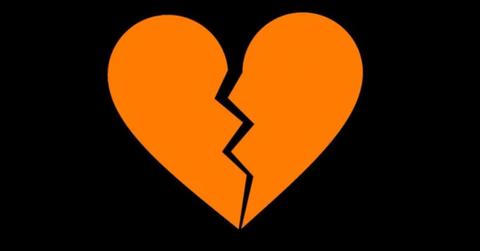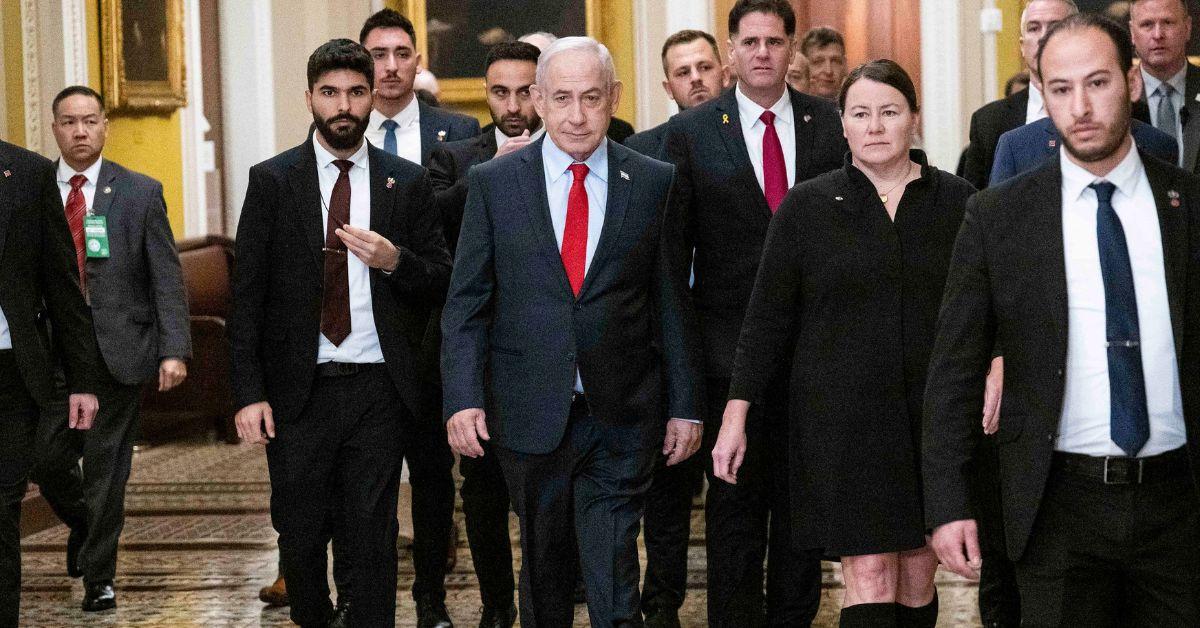The Orange Broken Heart Emoji Is a Memorial to a Family of Israeli Hostages
The orange broken heart refers to a specific Israeli hostage family.
Published Feb. 21 2025, 10:27 a.m. ET

Emojis are a part of the way people communicate online, which means that although they're often used in light-hearted ways, they can also be used to communicate genuinely serious ideas. In mid-February, orange broken heart emojis began showing up in many corners of the internet, leading some to wonder what that emoji means.
Orange broken-heart emojis refer to a somber event that has been in the news. Here's what we know about why so many people are suddenly posting them.

What does the orange broken heart emoji mean?
The orange broken heart emoji is a reference to the Bibas family, which was taken hostage by Hamas on Oct. 7, 2023. The father was returned to Israel alive in mid-February, but on Feb. 20, the country received the bodies of the mother and two children, who were both killed while being held by Hamas. The youngest child was just nine months old when they were abducted. The children both had ginger hair, which is why the emoji is orange.
That ginger hair became famous in the months after the attack, and the Bibas family became a symbol for all those who felt Israel's pain in the aftermath of the attacks. The emoji came into use more recently as a symbol of condolences for those who knew the Bibas family, and for the family's father who has lost his entire world.
As debate continues to rage over the nature of the conflict, these emojis are a symbol of the heartbreaking, individual reality.
Recent reports suggest that Shiri Bibas's remains have not been returned.
Although initial reports suggested that all three bodies had been returned to Israel, Israel is now claiming that Shiri, the mother, has not been returned to them.
Instead, they said that Hamas had included an "anonymous body," suggesting that a Gazan woman had been placed in the casket instead of Shiri.
“Shiri alongside her small children — these little angels — and instead placed the body of a Gazan woman in the coffin," Prime Minister Benjamin Netanyahu said. He further promised to "act decisively" to bring Shiri home.
“We will ensure that Hamas pays the full price for this cruel and wicked violation of the agreement," he said.
The returning of hostages was part of a ceasefire agreement that Israel and Hamas are currently operating under, one which was designed to facilitate the return of hostages and to halt the destruction of Gaza. Six more living hostages are expected to be released by Hamas on Feb. 22, which will bring an end to the first part of the ceasefire deal, with a second phase having yet to be finalized.
Although the violence has stopped for now, the future relationship between Israelis and the Palestinians is still very much up in the air. Donald Trump, for his part, has suggested that the United States might take control of the Gaza strip, and has also called for the ethnic cleansing of the Palestinian people from that land in order to resettle them somewhere else.